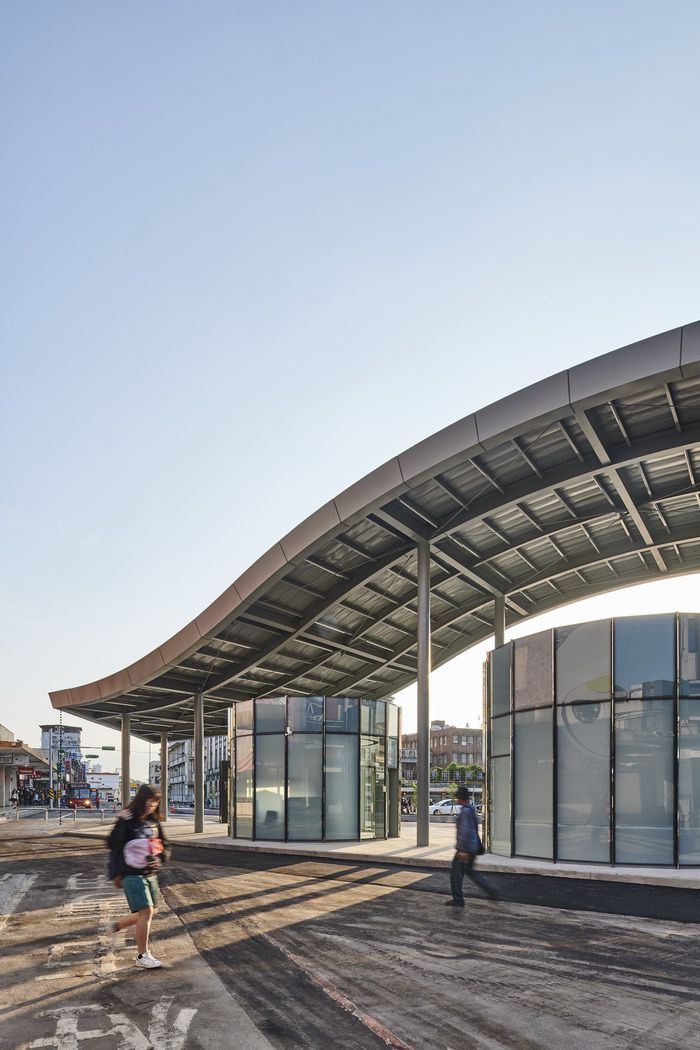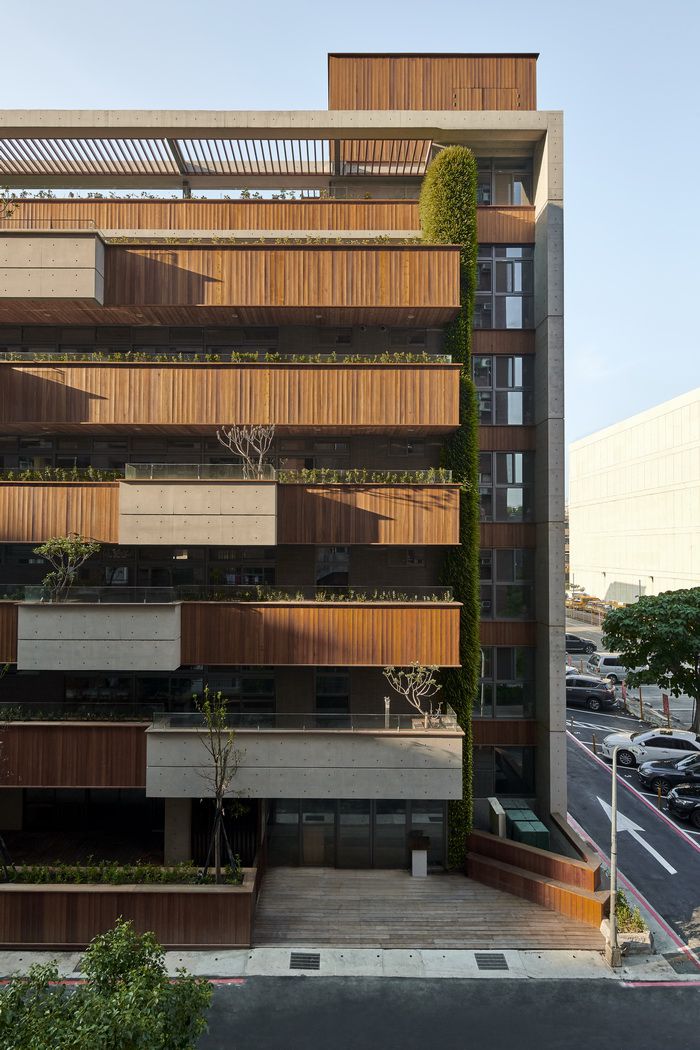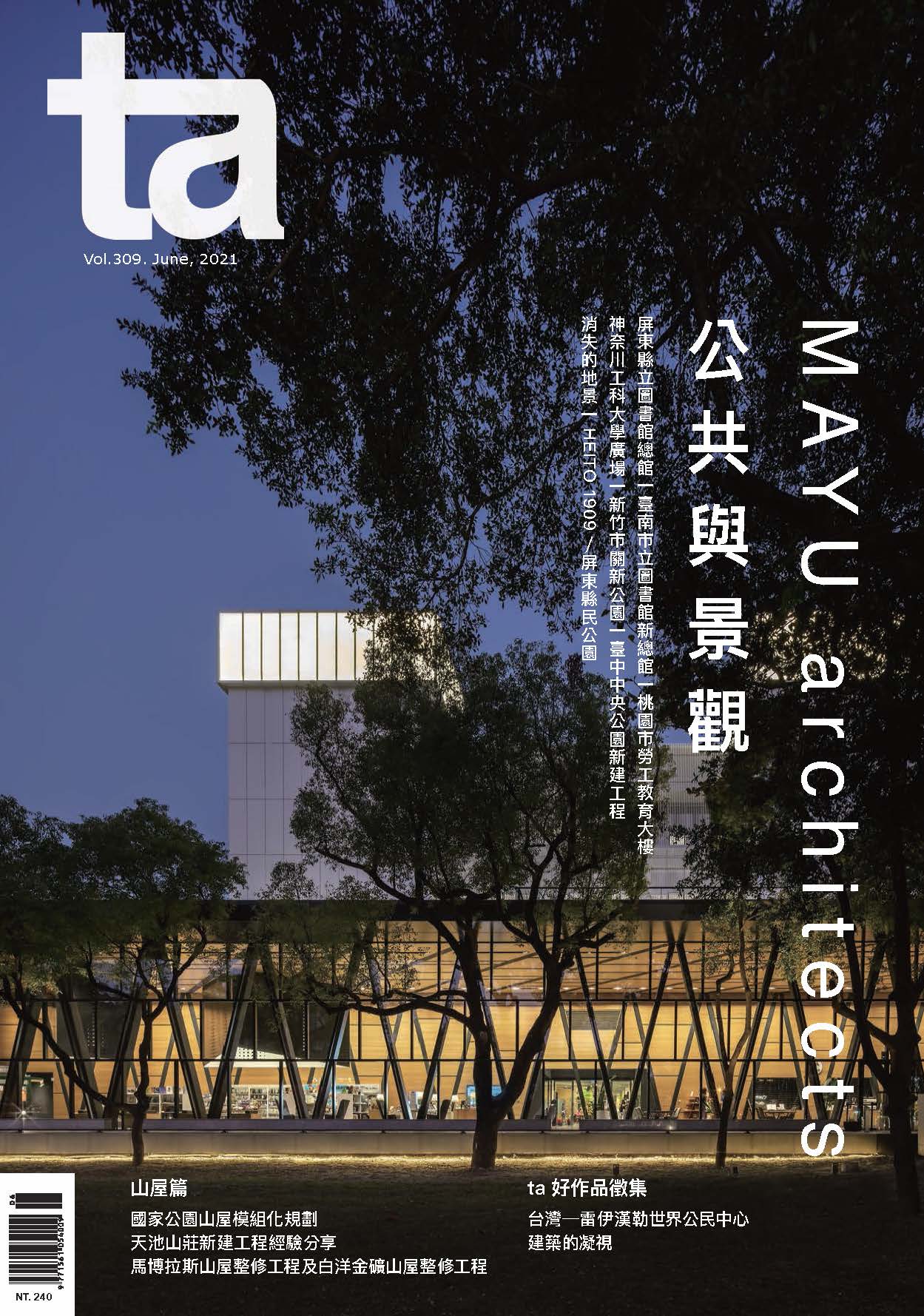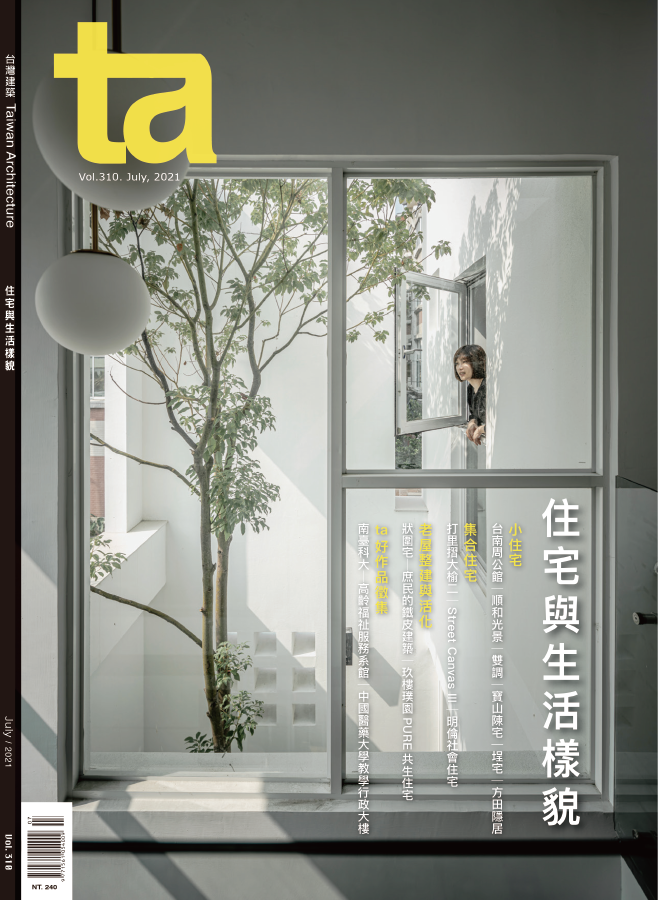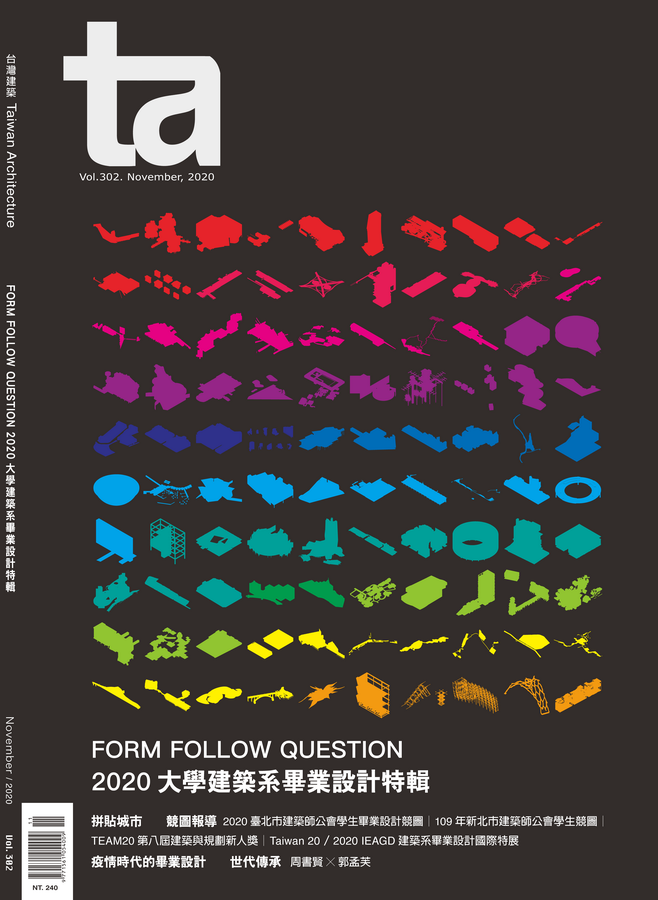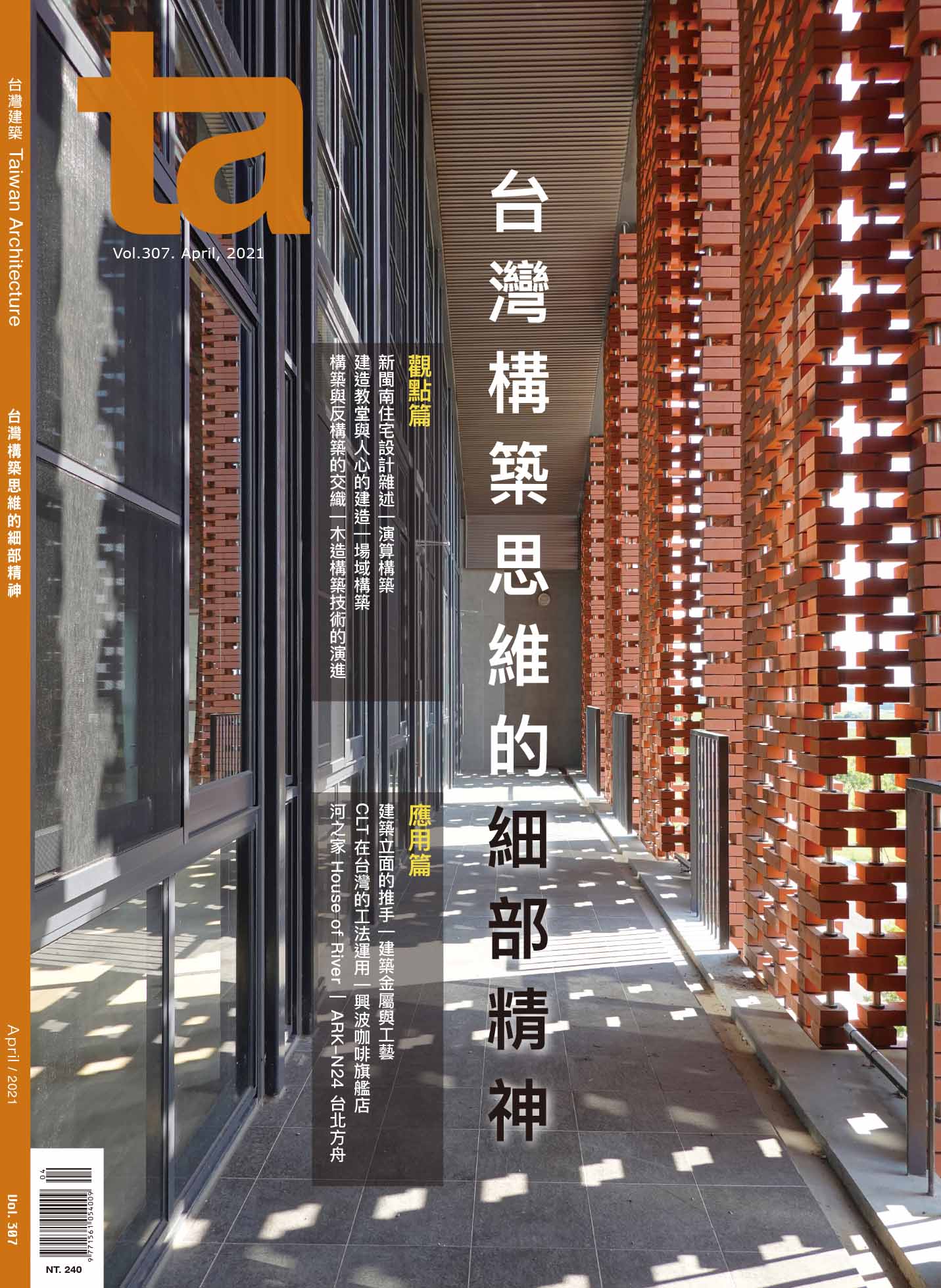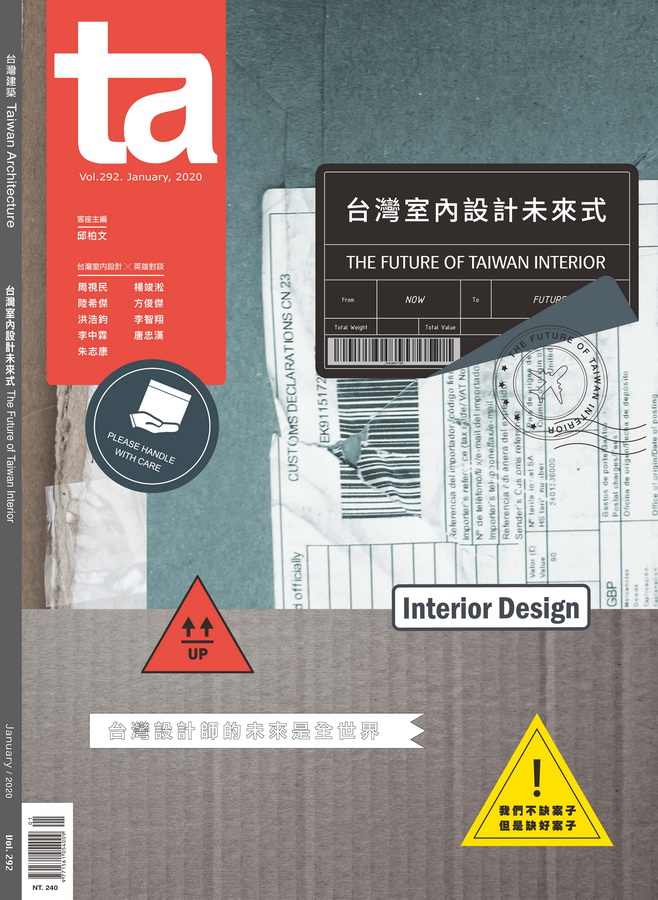另類收容所與村落營造Alternative Shelter & Village Building
共好×設計 Design for the Common Good 台灣建築雜誌2022年6月 Vol.321
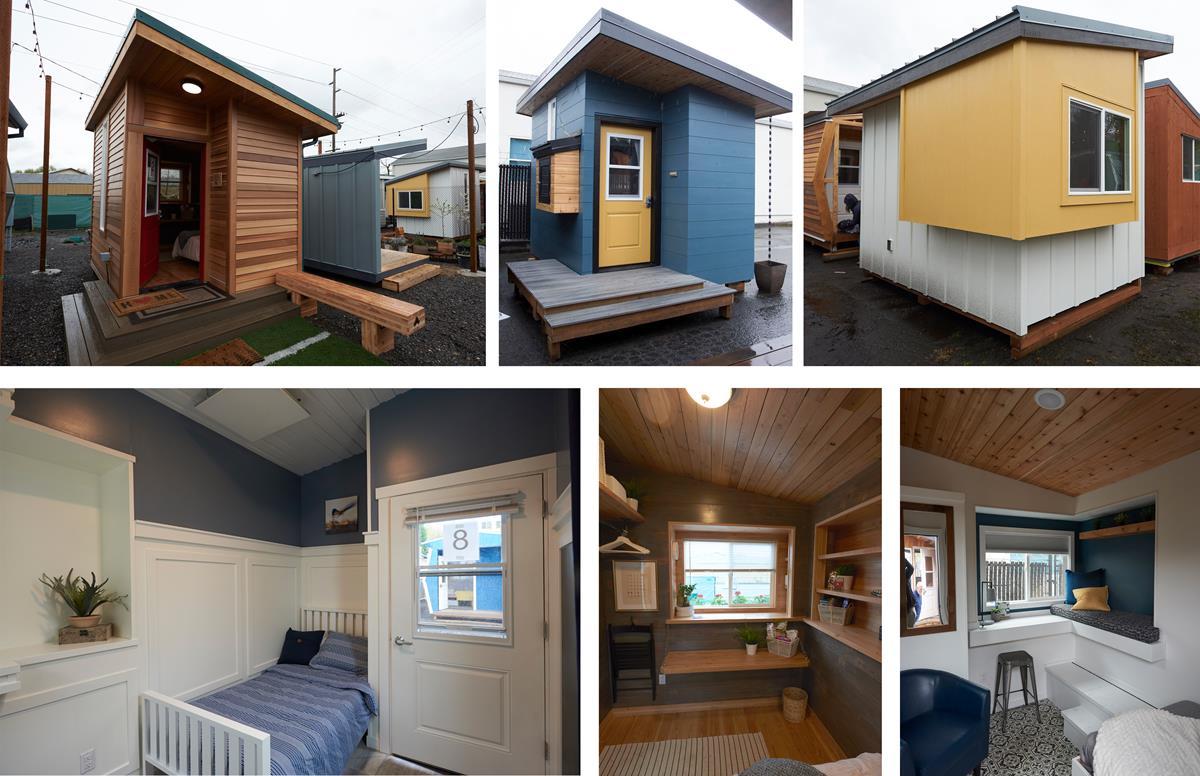
作品檔案2096
另類收容所與村落營造Alternative Shelter & Village Building
團隊/Team:波特蘭州立大學建築學院公共利益設計中心/ Center for Public Interest Design, Portiand State University School of Architecture
網絡/社會經濟環境設計網絡/ SEED Network;
議題 Issue:都市韌性/ Urban Resilience
編輯/Editing:Shannon Turlington;翻譯/Translation:陳盈棻/Ying-Fen Chen
2016年創立於美國奧瑞岡州波特蘭市,「住宅夥伴計畫」(Partners on Dwelling Initiative, POD)透過積極的參與式設計過程,向在地建築師與設計社群下戰帖,邀請他們一同設計創新的無家者另類收容所。這個計畫不只聚焦無家者社群過去所關注的空間請求,並以常被傳統收容所忽略的社區營造、安全性與尊嚴等面向,做為計畫的核心概念。在了解無家者渴望擁有包含獨立小屋(在此稱作「睡眠小屋」──Sleeping Pods)與共享公共設施的「村落(Vil lage)」後,POD計畫提出14種小屋的原型設計,同時催生了美國國內第一座由市政府資助建立的無家者聚落:「肯頓女性村落」(Kenton Women’s Village)。當另類收容所與此類村落正在美國各地快速發展之際,波特蘭的歷程極為特別,它不但擁有全美第一個,也是維持最久,創立於2001年的自立營造村落──尊嚴村(Dignity Village),相似的村落模式更享有市政府的支持,以及設計專業的參與。
Launched in Portland, Oregon, in 2016, the POD Initiative challenged the city’s architecture and design community to generate new typologies for alternative shelters through a radically participatory design process. The initiative arose out of requests by the houseless community for solutions centered on community building, safety, and dignity—elements too often missing from traditional shelter models. Informed by the desire for “villages” consisting of individual tiny houses (called “sleeping pods”) and shared common facilities, the POD Initiative led to the creation of 14 sleeping-pod prototypes and the country’s first city-sponsored village, the Kenton Women’s Village. While alternative shelters and villages are increasingly being explored nationally, Portland’s context is unique in that it is home to the country’s first and oldest selfgoverned village established in 2001, Dignity Village, and the model now involves design professionals and full support from the city.
理念
打造理念型社區是不少無家者嘗試多年的事情,但在市政府慣有的掃蕩政策下,只有少數社區得以存活。當2016年波特蘭宣告進入「無家者緊急狀態」時,當地的無家者社群與盟友們了組成「村落同盟(Village Coalition)」,為上述的村落模式倡議。他們尋求波特蘭州立大學公共利益設計中心(CPID)的專業協助,設計新的「睡眠小屋」與共有設施,更主責基地分析、社區參與等,最終完成整個村落營造。打從計畫初始,CPID便意識到設計過程必須包含社區參與、財務策略,以及可以使這些社區合法化的途徑。
Cause
People experiencing homelessness have tried to form intentional communities for years, but city policies of “sweeping” emerging communities have allowed few of them to survive. With the declaration of a homelessness “state of emergency” in 2016, members of Portland’s houseless communities and their allies formed the Village Coalition to advocate for the village model. The group asked for CPID’s help with new designs for “sleeping pods", common facilities, site analysis, community engagement, and the design of the villages. From the outset, it was clear that the design must also include processes for participation, funding strategies, and pathways toward legalizing these communities.
方法
POD計畫是從社區全體參與的工作坊開始,以無家者的生活經驗為出發,來提出設計願景。甫設計出來的小屋模型不但被拿去市政府展示,也被設置在波特蘭市中心,讓觀光客有機會學習了解該計畫的村落設計。這樣的公共外展計畫最終促使肯頓女性村落得以建造完成。設計團隊將這些計畫看作一系列循環的進程,從每一次來自居民和計畫支持者的回饋,獲得改進的方向。村落同盟更進一步將每個村落納入共同的社群網絡,藉此逐步形成共同管理或是自立管理的模式。
Method
The POD Initiative began with a community-wide charette that centered the expertise of those with lived experience with homelessness to generate design visions. Pod prototype designs were displayed at City Hall, and the pods themselves were set up downtown where visitors could learn about the village model. This public outreach led to the creation of the Kenton Women’s Village. The design teams consider these projects as an iterative series, improving each time by responding to feedback from villagers and supporters. All of the villages are networked through the Village Coalition’s effort, which supports developing processes like co-governance and self-governance.
影響
為了將肯頓女性村落打造成可複製的計畫,來自社區的支持是非常重要的。在經歷參與式設計的過程後,原本對這個計畫排斥的社區,多數轉而喜愛這個計畫成果。在此初步成果的基礎上,肯頓女性村落計畫也陸續進行修正,而更多其他類似的村落也逐漸被創造出來。因此,每一個村落,都代表小屋設計、村落治理與基礎設施演化的過程。
Impact
The Kenton Women’s Village was intended as a pilot project for a replicable model, so community support was critical. After a participatory design process, the community, which was originally opposed, was overwhelmingly in favor of the project. Based on this initial success, the village model was refined and several more villages were created. Each village represents an evolution in the design of alternative shelter models, taking a range of approaches to governance, pod design, and utility infrastructure.
提示
這個計畫成功的因素,包括引入參與式設計與公眾對話概念的承諾,並透過專家會議、夥伴關係營造、公開展覽、公眾報告與社區會議等方式來實踐。另一個關鍵因素,則在於CPID邀請了在地建築社群的參與。但當這些村落相繼落成之際,仍有許多非正式無家者社區需要協助,以避免在村落成長之前,就被市政府給「掃蕩」。每個新的村落,透過居民持續的協力參與,也得以修正過去計畫中不足之處
Takeaways
What has worked has been a commitment to participatory design processes and public dialogue through charrettes, build parties, exhibits, presentations, and community meetings. CPID’s strategy of inviting the entire architecture community in the region to be involved is a key reason for the project’s success. While these efforts have resulted in several supported villages, much still needs to be done to support informal houseless communities that are “swept” by the city before having time to grow organically. Each new village offers an opportunity to amend previous mistakes and leverage what has worked well by including villagers as design partners.
(完整作品內容請參考《台灣建築》2022年6月號,Vol.321)

